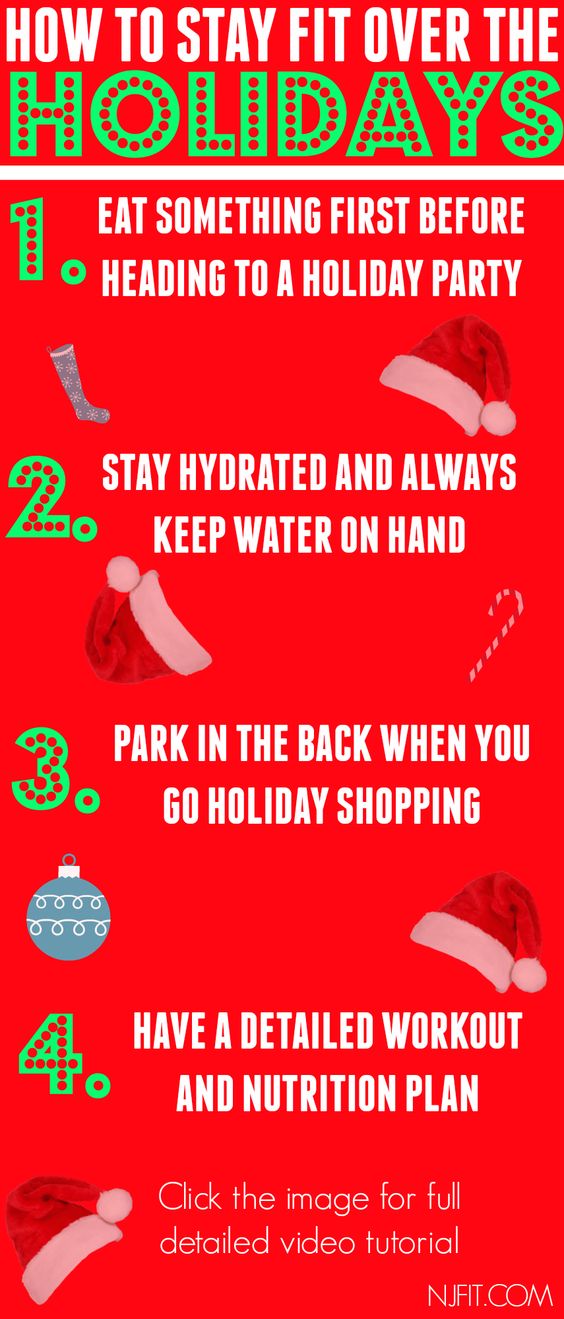
Many people are unaware of how to prevent injuries during exercise when they start a new workout routine. There are many methods to avoid injury and lower the risk of injury while exercising. It is important to warm up before starting any exercise. This will ensure that your muscles and surrounding tissues receive the correct amount of nutrients and blood. Warming up before you start a workout can increase the likelihood of muscle strain and even injury. Light cardio can help increase circulation.
It is important to stretch and strengthen your muscles in order to prevent injuries from exercise. High impact plantations are best avoided because they can strain your feet. For this reason, it is better to choose exercises that have low or zero impact. If you follow these steps, your chances of getting hurt while exercising will decrease. There are simple ways to reduce the injury to your body if you do sustain an injury while exercising.

Before starting any exercise routine, you should always make sure your muscles are warm. Cold muscles are more likely to break down than warm ones. Stretching is an important part of any exercise program. Dynamic stretching should be performed during this time. If you're unsure how to stretch ask a professional trainer or consult a physician. You don't have to do it every time.
When you exercise, don't hold on to your breath. It's important for you to exhale during exercise and inhale after. It is essential to maintain control over your weight at all costs. Never use momentum or throw a weight. To prevent injury, you must keep your form and exercise properly. Stress injuries can occur if your neck is weak or your back isn't strong enough. It's important that you only lift weights in your strength range.
Proper technique is essential during a workout. It's possible that you only gain a few pounds if you're new at weight training. But, it's important to slowly increase your weight. It's important to have the right equipment for exercise in order not to get injured. To get the best results, it is important to consult a therapist before starting any exercise program. A physical therapist can help you choose the right exercises to do and how to get back to your best after an injury.

Another way to avoid injuries is to change the exercises that you do. You can build more muscle by performing different types of exercises. Change up your routines to increase muscle strength. If you struggle to get started in a new sport, a gym membership may be a good option. It allows you the flexibility to change up your daily workouts. Running shoes can be tried in the weightroom.
FAQ
What lifestyle is most healthy?
Living a healthy lifestyle is one that encourages you to eat well, exercise regularly, get enough sleep, and avoids stress. These are the keys to a healthy and long-lasting life.
Starting small can make a big difference in your diet, and even your exercise routine. You can lose weight by walking 30 minutes each day if you are looking to lose weight. Swimming or dancing are great options if your goal is to become more active. You can also sign up for an online fitness program, such as Strava and Fitbit. This will track your activity.
How can I tell what is good for me?
You need to listen to your body. Your body is the best judge of how much exercise, food and rest you should get. It's important to pay attention to your body so you don't overdo things. Pay attention to your body, and ensure that you are doing all you can to keep yourself healthy.
What is the best food for me?
There are many factors that influence the best diet, including your gender, age, weight, health condition, lifestyle, and personal preferences. Also, consider your energy expenditure, whether you prefer low-calorie food, and whether you enjoy eating fruits or vegetables.
Intermittent fasting may be a good choice if you want to lose weight. Intermittent Fasting means that you eat only specific meals throughout your day and not three large meals. This may be a better option than traditional diets with daily calorie counts.
Studies have shown that intermittent fasting can improve insulin sensitivity and decrease inflammation. This could lead to improved blood sugar levels, and a lower risk of developing diabetes. Research also shows that intermittent fasting may increase fat loss and improve overall physique.
What is the difference between a calorie or a kilocalorie.
Calories are units that measure how much food has energy. A calorie is a unit of measure. One calorie represents the energy required to raise one gram of water's temperature by one degree Celsius.
Kilocalories refer to calories in another term. Kilocalories measure in thousandths a calorie. 1000 calories is one kilocalorie.
What's the difference between fat or sugar?
Fat is an energy source from food. Sugar is naturally found in fruits and veggies. Both fats, as well sugars, provide the same number calories. However, fats contain more than twice as many calories as sugars.
Fats can be stored in the body, which can lead to obesity. They cause cholesterol buildup which can lead to strokes and heart attacks.
Sugars are quickly absorbed by the body and provide instant energy. This causes blood glucose to rise. High blood glucose levels are dangerous as it can increase the likelihood of developing type 2 diabetes.
How much should I weight for my height and age? BMI calculator and chart
To determine how much weight loss you need, a BMI calculator is your best friend. A healthy BMI range is between 18.5 and 24.9. Weight loss is possible if you aim to lose approximately 10 pounds per week. Enter your height and weight to calculate your BMI.
This BMI chart will help you determine if your body is overweight or obese.
Statistics
- The Dietary Guidelines for Americans recommend keeping added sugar intake below 10% of your daily calorie intake, while the World Health Organization recommends slashing added sugars to 5% or less of your daily calories for optimal health (59Trusted (healthline.com)
- According to the 2020 Dietary Guidelines for Americans, a balanced diet high in fruits and vegetables, lean protein, low-fat dairy and whole grains is needed for optimal energy. (mayoclinichealthsystem.org)
- nutrients.[17]X Research sourceWhole grains to try include: 100% whole wheat pasta and bread, brown rice, whole grain oats, farro, millet, quinoa, and barley. (wikihow.com)
- In both adults and children, the intake of free sugars should be reduced to less than 10% of total energy intake. (who.int)
External Links
How To
27 Steps to a healthy life when your family eats only junk food
It is easy to eat healthy when you cook at home. This is difficult for people who don't know how to cook healthy meals. This article will provide some helpful tips for making healthier dining out choices.
-
Consider eating at restaurants that serve healthy meals.
-
Before ordering meat dishes, order salads and other vegetables.
-
Ask for sauces that aren't sweetened.
-
Avoid fried foods.
-
Ask for grilled meats, not fried.
-
If you don't really need dessert, do not order it.
-
Be sure to have something other than dinner.
-
You should eat slowly and chew well.
-
When you eat, drink plenty of fluids.
-
Do not skip breakfast, lunch or dinner.
-
Take fruit and vegetables along with every meal.
-
Choose milk over soda
-
Try to stay away from sugary drinks.
-
Limit the amount of salt in your diet.
-
Try to limit your frequent visits to fast-food restaurants.
-
If you can't resist temptation, ask someone to join you.
-
Your children shouldn't watch too much television.
-
When you are eating, keep the television off.
-
Do not consume energy drinks.
-
Regular breaks from work
-
Get up early and go for a run.
-
Do some exercise every day.
-
Start small and progress slowly.
-
Set realistic goals.
-
Be patient.
-
Even if you don’t feel like it, find the time to exercise.
-
Use positive thinking.